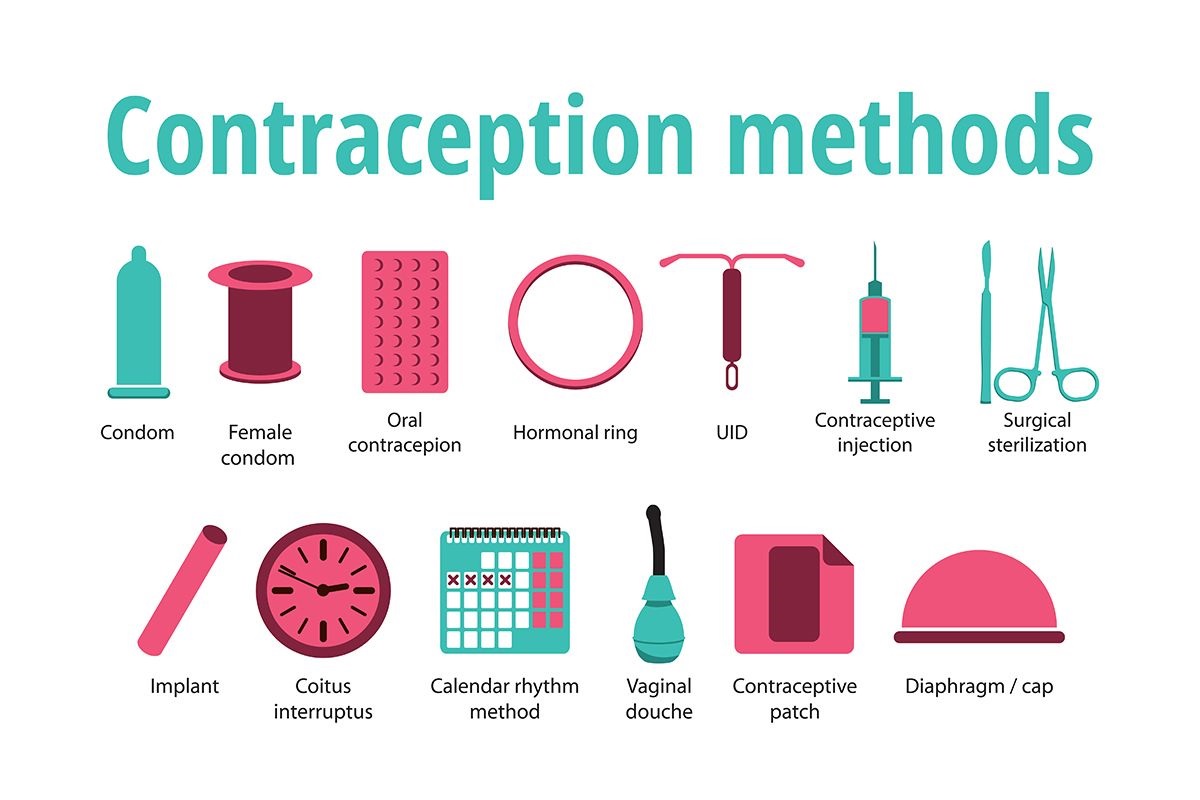Significance of Contraceptive Methods in Reproductive Health and Family Planning in Bangladesh
Nowadays, Bangladesh has much higher rate of usage of contraceptive methods than before (8% in 1975 to 61% in 2011). However, still the rate of unintended pregnancy is very high which leads to various reproductive health hazards.
Oral contraceptive pills, injectable, condoms, female sterilization, use of IUDs, implants and male sterilization, etc. are some of the contraceptive methods used in Bangladesh. The main reasons behind these unintended pregnancy and sexually transmitted diseases are discontinuation of usage of contraceptives and switching from safe contraceptive methods to less-safe contraceptive methods. Here Menstruation Regulation (MR) is a safe method whereas abortion is an unsafe method. In 1979, the government of Bangladesh introduced MR as its national family planning program in order to reduce the number of unsafe abortions. Although the rate of deaths due to abortion has decreased over the years (5% in 2001 to 1% in 2010), there is a risk of significant underreporting.
From this paper we can learn that there is a demand for high quality, effective and accessible family planning methods. Addressing the needs of young people, especially young couples; reducing regional disparities, working with leaders and communities to delay early marriage and childbirth; and increasing male involvement can improve the family planning and reproductive health scenario. In this aspect, collaboration between the government and the private sector and NGOs is much needed.
References:
FAUZIA AKHTER HUDA, S. C. (2013). Understanding Unintended Pregnancy in Bangladesh: Country Profile Report. Dhaka, Bangladesh: Centre for Reproductive Health, icddr,b.
http://www.popcouncil.org/uploads/pdfs/2013STEPUP_BangladeshCountryProfile_icddrb.pdf

